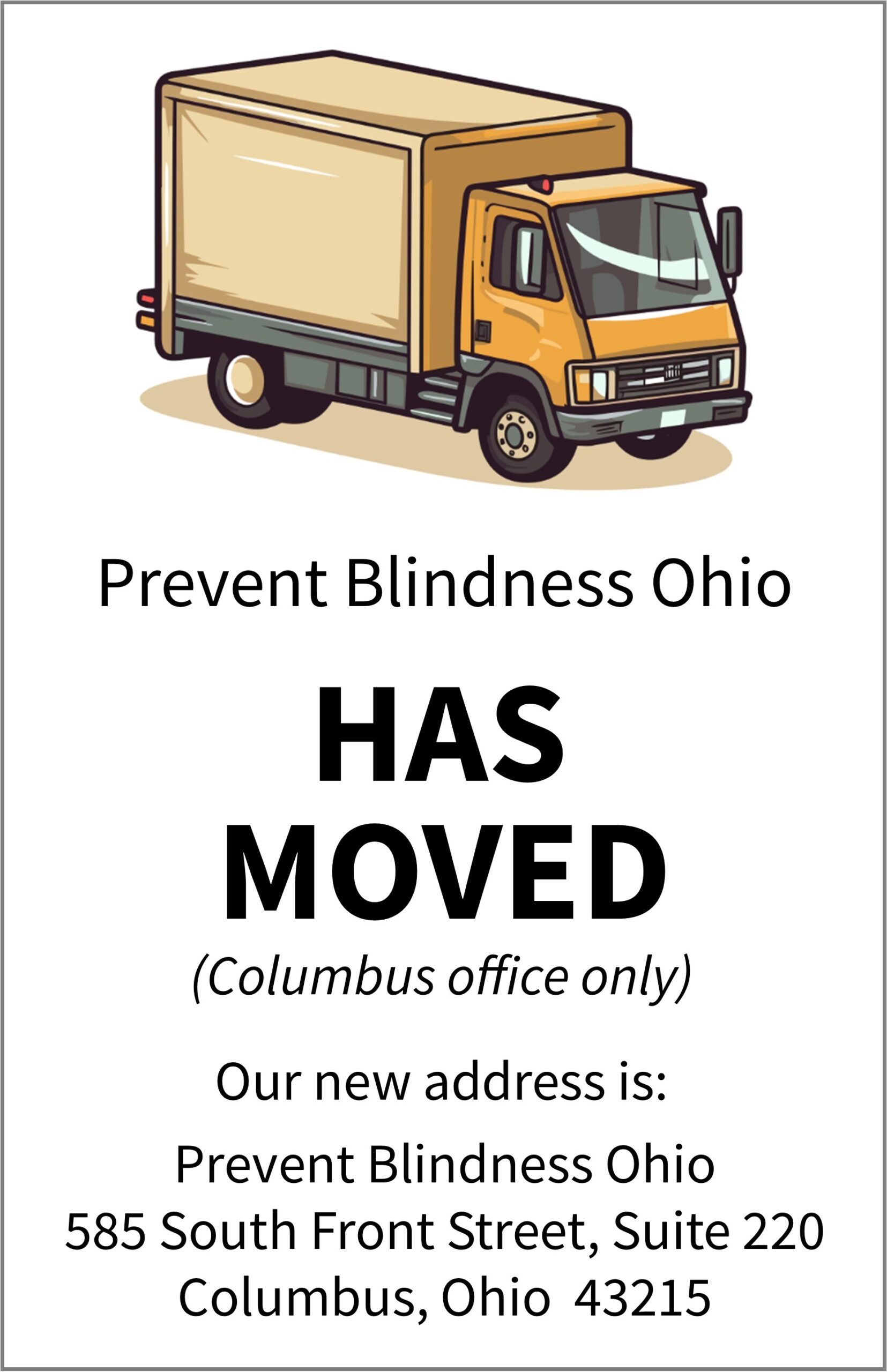The Prevalence and Cost of Vision Problems
Half of all blindness is preventable, but the number of Ohioans who suffer vision loss continues to increase. Because of the growth in the aging population, in 2020 there were 1,729,883 Ohioans affected by vision-robbing conditions. The primary causes are diabetic retinopathy, cataract, glaucoma and age-related macular degeneration (AMD).
Vision disability is one of the top 10 disabilities among adults 18 years and older, one of the most prevalent disabling conditions among children, and causes a substantial social and economic toll for millions of people including significant suffering, disability, loss of productivity, and diminished quality of life. 1
1Centers for Disease Control and Prevention. (2020, June 9). Fast Facts of Common Eye Disorders. https://www.cdc.gov/visionhealth/basics/ced/fastfacts.htm
The Growth of Vision Loss in Ohio
Statistics from the 2020 Vision Problems in Ohio report indicate increases in the four leading causes of vision loss in Ohio since the 2014 report was issued.
- 97,870 people age 50 and older have age-related macular degeneration, a 10.5% increase
- 1,025,422 people age 40 and older have cataract, a 3.4% increase
- 294,742 people age 40 and older have diabetic retinopathy, a 3.5% increase
- 109,556 people age 40 and older have glaucoma, a 3.5% increase
Economic Impact of Vision Problems in Ohio
The estimated financial burden to the Ohio economy due to vision problems, refractive errors, visual impairment, and blindness for all age groups is $6.1 billion annually. Direct costs of approximately $2.9 billion include diagnosed disorders, medical vision aids, undiagnosed vision loss, aids/devices, education/school screening, and assistance programs. Indirect costs of approximately $3.2 billion include productivity loss, informal care, long-term care, entitlement programs, tax deduction, and transfer deadweight loss (loss of economic efficiency when the optimal level of supply and demand are not achieved).
How to Use Vision Problems in Ohio 2020
VPOH 2020 is provided as an Ohio evidence-based resource for individuals and organizations to understand the scope and cost of vision problems to help guide health policy development/evaluation, target high risk populations, direct resources, and assist in community-based health services planning and implementation.
Sources for Vision Problems in Ohio 2020:
- Abraham D. Flaxman, PhD. “Prevalence of Visual Acuity Loss or Blindness in the US”, JAMA Ophthalmology (May 13, 2021), 2. David S. Friedman. 2012 Fifth Edition of “Vision Problems in the U.S.” (June 2012), 3. Wittenborn, John S. & Rein, David B. “Cost of Vision Problems: The Economic Burden of Vision Loss and Eye Disorders in the United States.” NORC at the University of Chicago. Prepared for Prevent Blindness America, Chicago, IL. (June 11, 2013). 4. U.S. Bureau Labor Statistics, Consumer Price Index for medical care (2013-2021), 5. U.S. Census Bureau Estimates 2019
©Prevent Blindness, Ohio Affiliate 2021. This publication is copyrighted. The sheets in this publication may be reproduced unaltered in print for educational purposes only. The Prevent Blindness, Ohio Affiliate name, logo, telephone number, and copyright information may not be omitted. Any other use of this information is not permitted without written consent.


